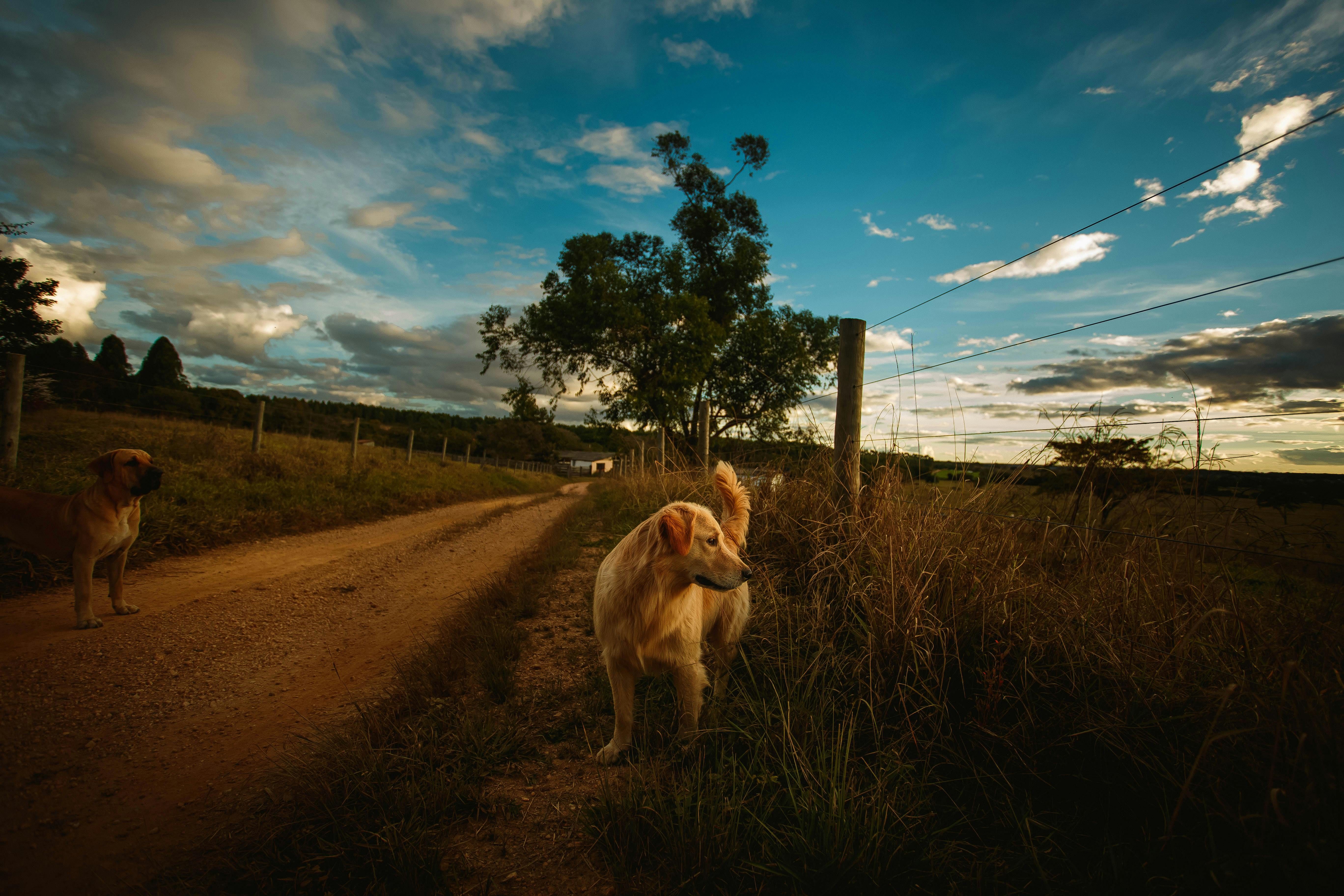When it comes to dog breeds, it’s hard to beat a Labrador Retriever, also known as a “Lab.” Statistics point to this breed being the most popular in the United States according to the American Kennel Club, and here are the many reasons we think why.
The Lab is a loyal and loving canine who is eager to please everyone. They thrive on human interaction and want nothing more than to be a part of the family group. They love children, which makes them our first choice as a family dog. The Lab is also a versatile hunting dog and is a favorite of many bird hunters not to mention that they love the water they were bred for. This breed is also very suitable and excels in canine services such as guide dogs for the blind, search and rescue, etc.
Labs come in three colors: black, chocolate, and yellow. They have a short, smooth, straight and waterproof double coat that is very easy to care for. Its head is broad with a moderate stop and a fairly wide muzzle. The nose is black, in black and yellow dogs and brown in chocolate dogs. Their ears hang down to a moderate length, slightly back. They have a full and strong neck and the body is slightly longer than the tail. Labs are considered a medium-sized dog measuring 21-24 inches at the shoulder and weighing 50-75 pounds on average.
Labs are full of energy and need a good amount of exercise a day. They need a long walk or run every day with a good size yard to frolic and play with. Remember to take time for positive reinforcement dog training and your dog will be a happy, well-behaved puppy.
Dog health issues to look out for in the lab are hip dysplasia and progressive retinal atrophy (PRA).
The history of the laboratory is quite complicated, it begins with its place of origin Newfoundland, not Labrador. Newfoundland is believed to have had many small water dogs that were bred with the Newfoundland dog breed. This in turn produced an early version of the lab called St. John’s Water Dog. These dogs were used by fishermen to pull fishing nets and to collect fish that fell from the nets.
In the early 1800s, these dogs were brought to England by sailors returning from Labrador. These dogs were later crossed with many other retrievers to improve their hunting skills. The name of the breed is believed to have come from the Duke of Malmesbury, who reportedly called his dogs “Labrador retrievers”. It was during this time that the original breed became extinct in Newfoundland due to a heavy tax on dogs and a strict quarantine law imposed by Great Britain.
The laboratory was recognized by the English Kennel Club in 1903 and the current pedigree dates back to 1878. In 1917, the breed was recognized by the American Kennel Club.
